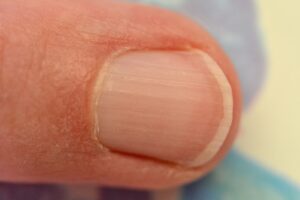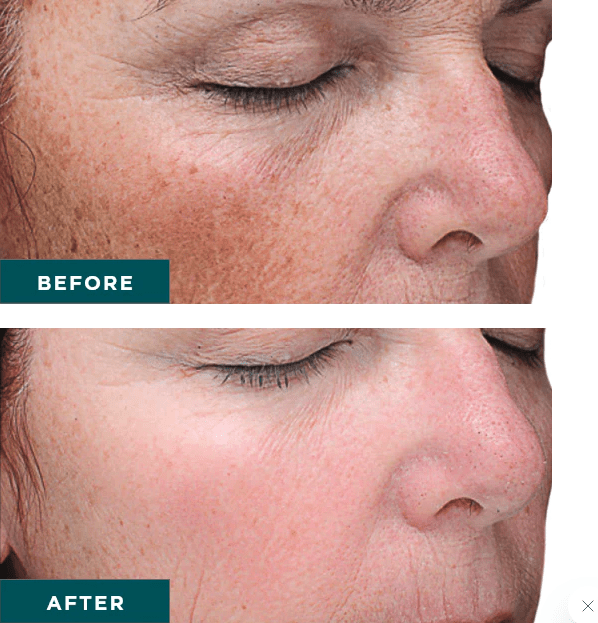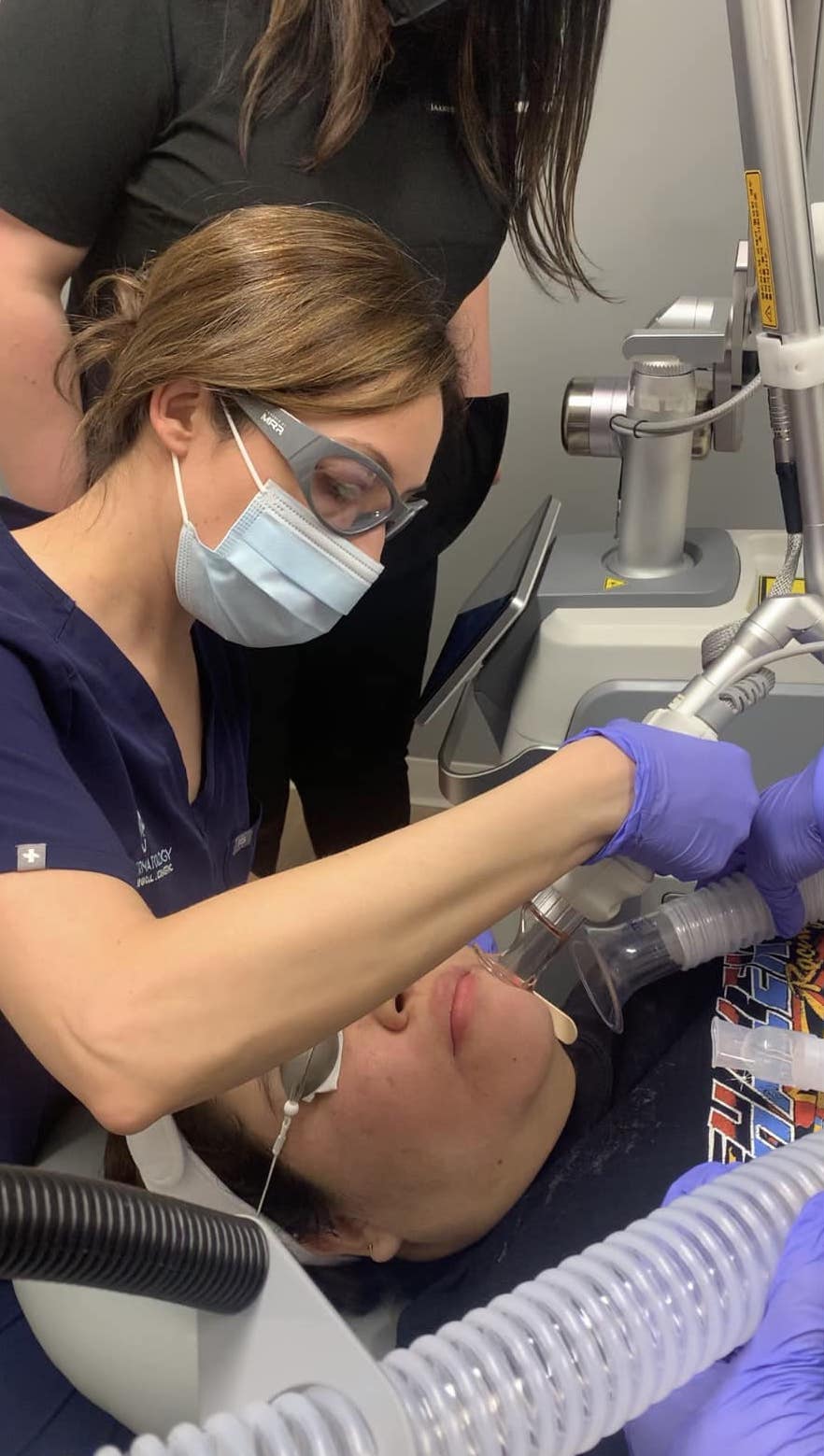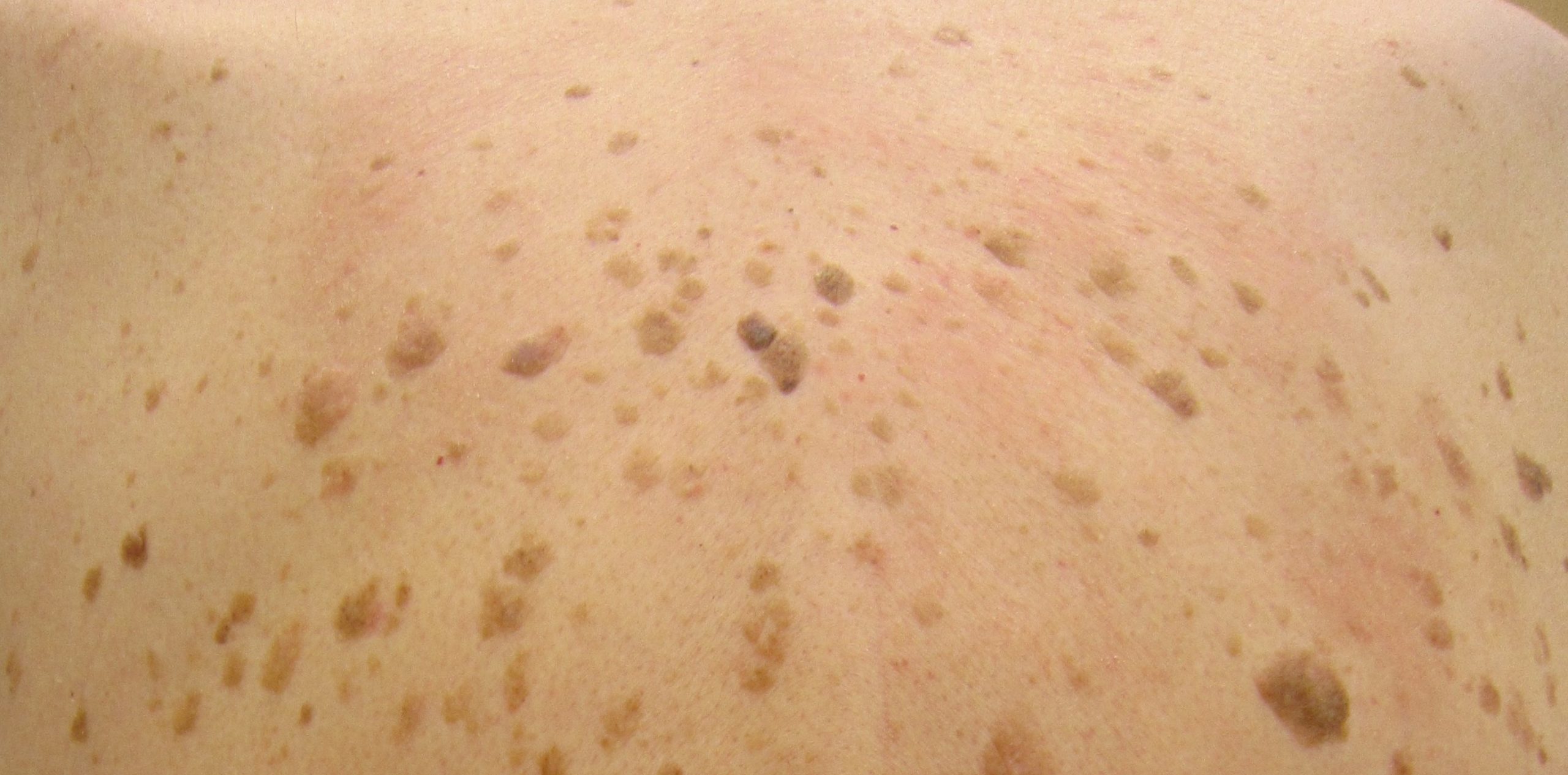
Seborrheic Keratosis FAQ
What is seborrheic keratosis?
This common skin formation may cause some concern because of its tendency to look like a pre-cancerous skin growth or skin cancer. Actually, these growths are benign.
Who gets it?
Since it usually affects people who are middle-aged or older, seborrheic keratosis also goes by other names. Vista Dermatology’s Dr. Karla Muñoz says, “There are many nicknames for these common growths. I often call them wisdom spots, birthday gifts, or barnacles on the ship of life.”
It affects people of all skin types. It may appear smaller and around the eyes. It also runs in the family. Some women develop it when pregnant or after hormone replacement therapy.
What does it look like?
Seborrheic keratosis originates as a small bump. They gradually get thicker and become wartlike and waxy. Their color can range from brown to black and sizes range from less than half an inch to two inches. It commonly appears on the back, stomach, scalp, face and neck or any other part of the body except for palms and the soles of the foot.
What are the symptoms?
It can be itchy, but doesn’t usually cause pain.
How is it treated?
Dr. Muñoz says, “We want to make sure that it’s a seborrheic keratosis and not skin cancer. It also needs to be removed when it gets caught on clothing or if it’s embarrassing and unsightly.”
Seborrheic keratosis is typically removed by cryotherapy (freezing and destroying the growth) or electrodessication, a minor in-office procedure.
“Don’t try to self-diagnose or remove skin growths yourself,” adds Dr. Muñoz. “Even if you think a growth is benign, have it checked by a professional, especially if it’s quickly changed shape or color.”
If you are seeing suspicious growths on your skin, make an appointment with Vista Dermatology for professional examination and treatment.

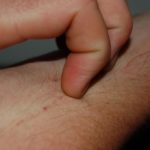 Previous Post
Previous Post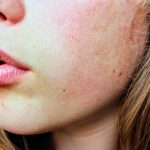 Next Post
Next Post